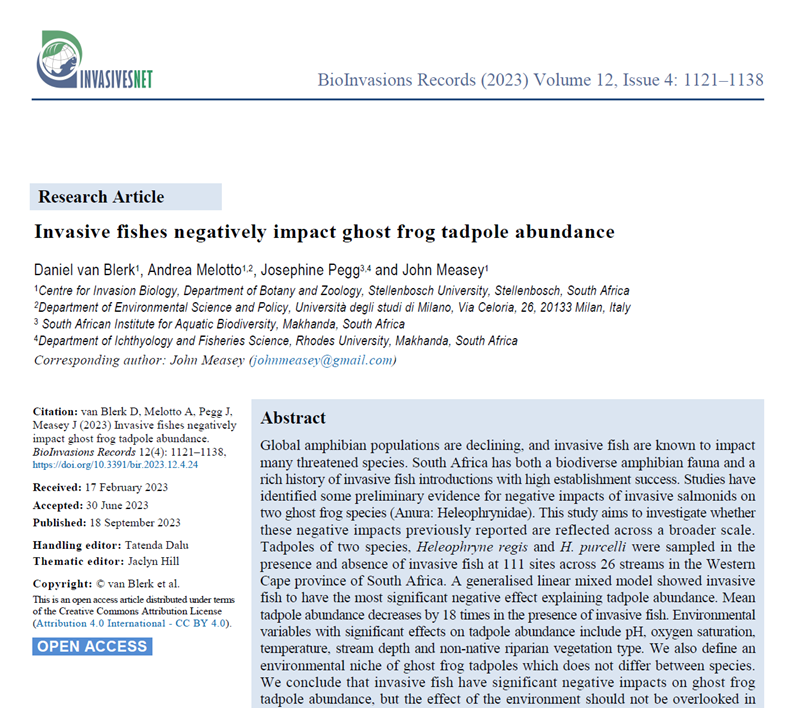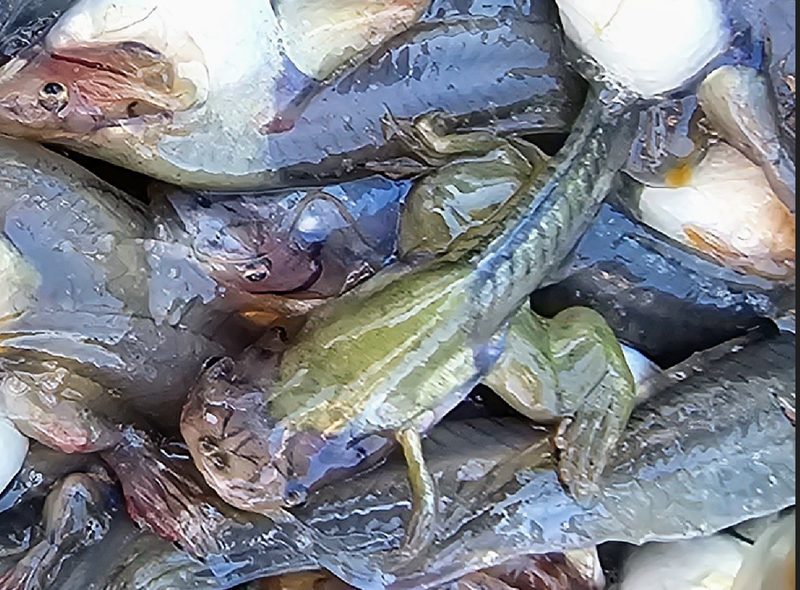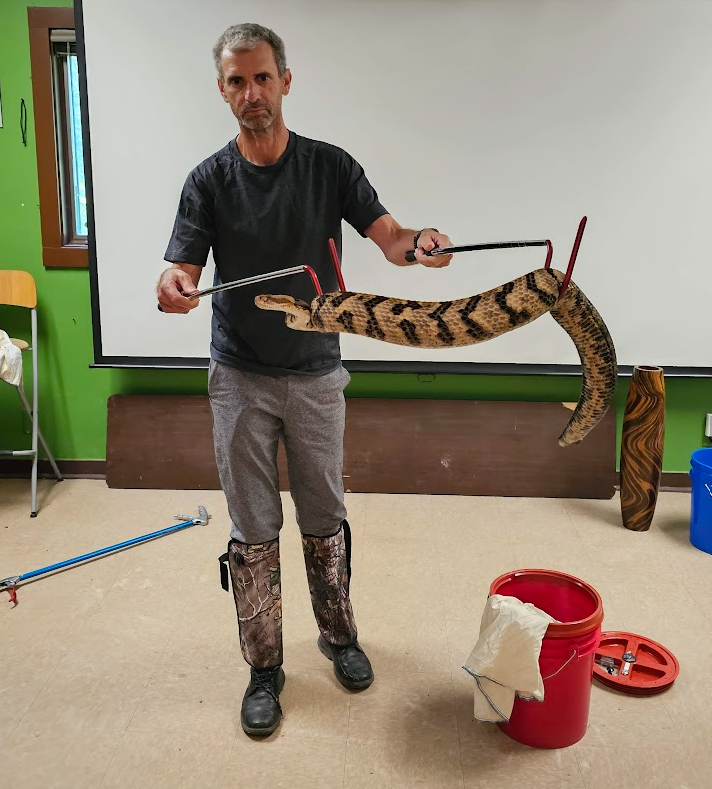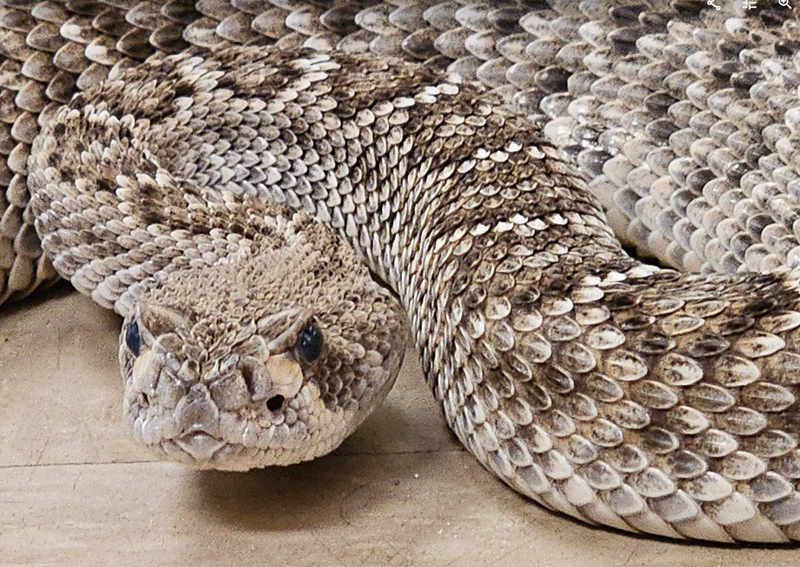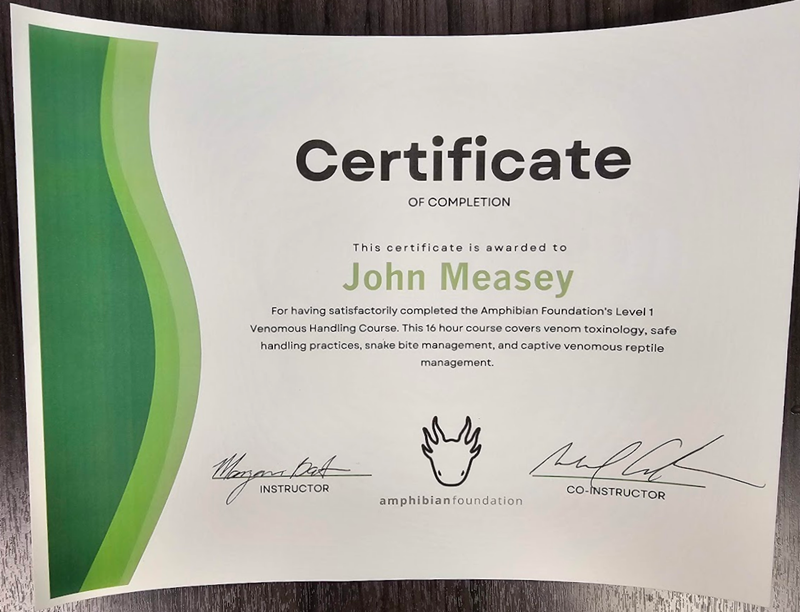Dan van Blerk's study on Ghost Frog tadpoles is published
Readers of this blog will know that Dan van Blerk spent an entire summer season out in the streams of the Western Cape catching alien fish and Ghost frog tadpoles. If you've already forgotten see here and here.
Now Dan's first chapter of his MSc is published
This study shows unequivocally that invasive fishes have a negative impact on Ghost Frog tadpole abundance, something that we only knew before from anecdotal studies. Dan went to 111 sites across 26 streams finding that tadpole abundance decreases by around 18 times in the presence of invasive fish species.
The other thing that Dan uncovered is the real lack of data on the distribution of invasive fish in streams of the fynbos. This meant that they were absent from places where he thought they would be present and present in places where he thought they would be absent.
This publication will be important in adding evidence for conservation decisions on the removal of invasive fishes from streams in the fynbos.
Van Blerk, D., Melotto, A., Pegg, J., Measey, J. (2023) Invasive fishes negatively impact ghost frog tadpole abundance. BioInvasions Records 12(4): 1121-1138. https://doi.org/10.3391/bir.2023.12.4.24 pdf
